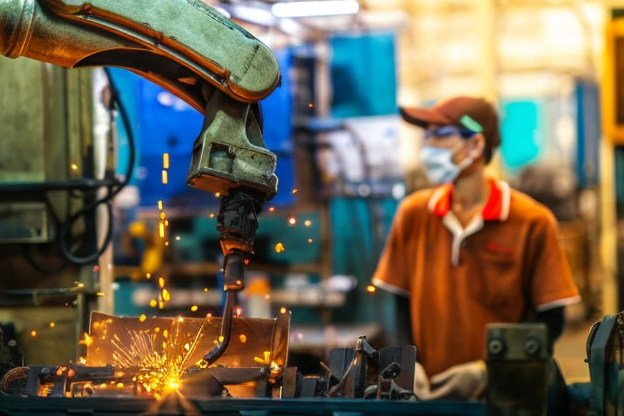The Pivotal Role of Sheet Metal Fabrication in Automotive Lightweighting+ View more
Advantages of Lightweight Sheet Metal in Automotive Design
The advantages of utilizing lightweight sheet metal in automotive design are manifold. Firstly, it significantly reduces the vehicle's weight, leading to improved fuel efficiency and reduced greenhouse gas emissions – a vital step towards sustainability. Secondly, the lighter weight enhances the vehicle's performance, allowing for quicker acceleration and better handling. Thirdly, the reduced mass places less stress on the vehicle's components, potentially extending the lifespan of parts and decreasing maintenance costs. Lastly, advanced sheet metal fabrication techniques enable manufacturers to incorporate intricate design features that could not be achieved with heavier materials, allowing for more aerodynamic and visually appealing vehicles.
Innovative Developments in Sheet Metal Fabrication
The landscape of sheet metal fabrication is ever-evolving, with new technologies emerging to meet the demands of modern automotive design. 3D printing, also known as additive manufacturing, is revolutionizing the way sheet metal parts are constructed, allowing for more complex geometries and a faster production cycle. Laser cutting and welding have also become more sophisticated, offering greater precision and cleaner joins. Furthermore, computer-aided design (CAD) and computer-aided manufacturing (CAM) have made the fabrication process more efficient and accurate, enabling the creation of parts that perfectly fit the desired specifications with minimal waste.
Future Directions for Sheet Metal Fabrication
The future of sheet metal fabrication in the automotive industry is bright, with several paths for innovation. One such direction is the development of new alloys that offer even higher strength-to-weight ratios, pushing the boundaries of what is currently possible. Another avenue is the refinement of fabrication techniques to further reduce waste and energy consumption. Additionally, there is a growing trend towards integrating sheet metal parts with smart technologies, such as sensors and actuators, to create intelligent components that can improve vehicle safety and functionality. The continued collaboration between materials scientists, engineers, and designers is essential to advance these technologies and maintain the momentum of progress in automotive lightweighting.
Sheet metal fabrication is not merely a manufacturing process; it is a driving force in the automotive industry's pursuit of efficiency, performance, and sustainability. By leveraging advanced materials and innovative techniques, it continues to play a critical role in the development of lighter, stronger, and smarter vehicles. As the industry evolves, sheet metal fabrication will undoubtedly remain at the heart of automotive design, pushing the envelope of what is possible and setting new standards for excellence.

